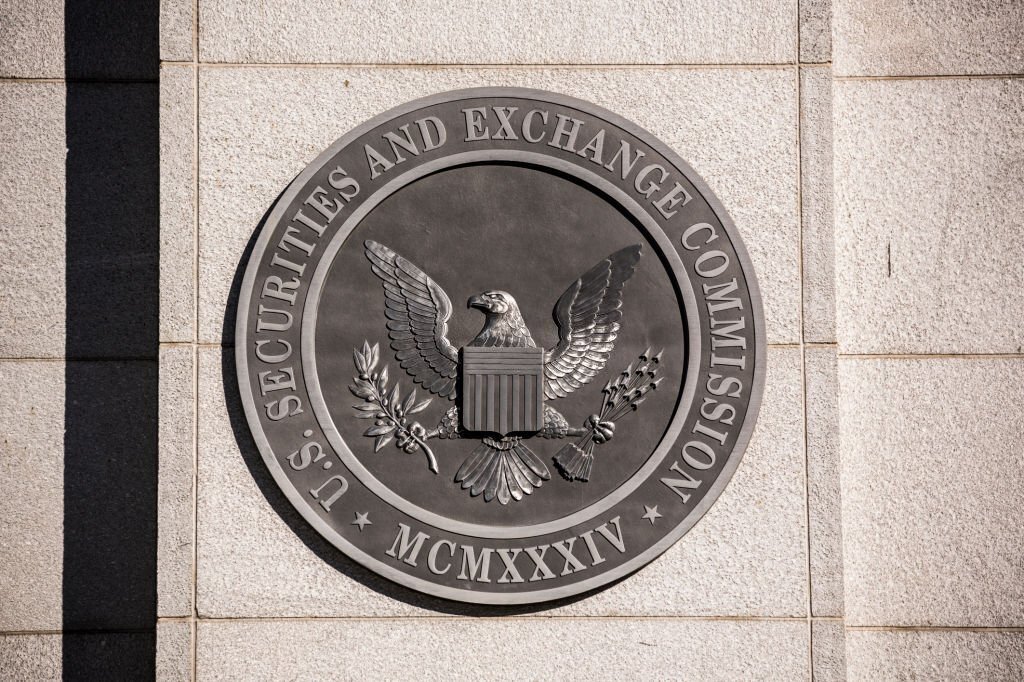More and more, we’re moving money around with our phones and computers. Remember checks? I opened a new bank account recently and didn’t get any checks at all – not even a starter pad. When it comes to transferring money between individuals and businesses, there are many options available that don’t include paper checks. Most banks themselves offer bill payment and money transfer options on their websites. Here we’ve listed a handful of apps that coordinate cash transfers.
For many, PayPal was the first money transfer app we used. This money transfer company has withstood the test of time, having been around for more than 20 years. You can create an invoice within PayPal, accept payments from bank accounts and credit cards, send and receive cash payments from individuals and businesses, transfer money internationally. You can set up PayPal on your website to collect payments. Users connect a bank account or credit card to their account and then money is drawn directly from that source when payments are made. You can leave money you have received in a PayPal account or download it to your bank. PayPal offers credit cards, debit cards, and prepaid cards to its users. A fee of up to 4.4% can be charged depending on the type of transaction.
While you can set up individual accounts with most of your credit card companies and banks and utilities in order to pay your bills online, Prism lets you aggregate all of your accounts in one place, sends you alerts of payment deadlines, and lets you make all of your online payments through the Prism app. Pre-schedule payments, see what bills need to be paid in the weeks ahead, check your bank balances, set up your paydays to help with budgeting, view your payment history, and even get reminders of bills you’ll be paying manually, so that all of your payment activity can be organized in one location. With no ads and a clean, logical interface, Prism is a leader in the bill payment arena.
Venmo is owned by PayPal and is specifically designed to facilitate cash transfer between individuals. Often advertised as a great way to split the bill at a restaurant or to reimburse friends who covered the cost of movie tickets or a shared ride, Venmo’s ease of use allows you take the awkwardness out of counting out currency and trying to make change. Venmo is not just for individuals – small businesses use Venmo to collect payments from their customers. The social media feel of the app, including the ability to add a personal message and even emojis, adds to the app’s approachable and comfortable appeal. International payments are not available at this time.
Phones and wearable devices have their own payment systems. Depending on your device, you might choose Apple Pay, Google Pay, or Samsung Pay. There are other mobile payment options available on different devices, but these are the big three. All offer some international payment options. All three work with Near Field Communication (NFC) payment terminals, often found at grocery and other retail store checkout counters, as well as in-app purchases. To use any of these payment options, you connect an existing credit card, bank account, or PayPal Account (Samsung Pay and Google Pay only) to the virtual card, and then you can use your phone to make a payment anywhere the phone payment option is available.
You’ve probably encountered the little plug-in credit card reader called Square which enables a user to turn a smart phone into a point-of-sale system that accepts credit cards including chip cards. Square expanded to include Square Cash, which has been compared to the Venmo app. Because they already had a successful history with the Square card reader, many business owners have made the transition to using Square Cash for their business. Distinguishing itself from Venmo, Square Cash allows users to create their own names or use a business name, keeping personal identity information private. Square cash inks to a bank account and transfers occur for a small fee.
Zelle provides the peer-to-peer funds exchange experience similar to Venmo but its marketing focus is bank customers. You can exchange funds at no charge with anyone else in the family of participating banks. As long as you sign up for the app through your bank, you don’t actually need to install the app on your phone.
Not to be left out of the money exchange business, Facebook Messenger has gotten into the cash transfer business as well, using the social feel that is provided through Venmo. You can transfer cash easily through Facebook Messenger without having to sign up for a separate app. Reports indicate that it takes about five days for the cash to transfer. Users connect their bank account to the Messenger app and simply click the plus sign and then the dollar sign option within a message to initiate a bank transfer.
I’m mentioning Xoom and Circle Pay in passing without having had any experience with either one. Xoom is owned by PayPal. Both products focus on international transfer of funds. Xoom claims to have 131 countries in its family and Circle Pay is available in 29 countries. There are fees associated with the transfers.
Thanks for reading CPA Practice Advisor!
Subscribe Already registered? Log In
Need more information? Read the FAQs
Tags: Accounting, Firm Management




